Sage House, 4 Lexington Avenue: Review and Ratings
between East 21st Street & East 22nd Street View Full Building Profile
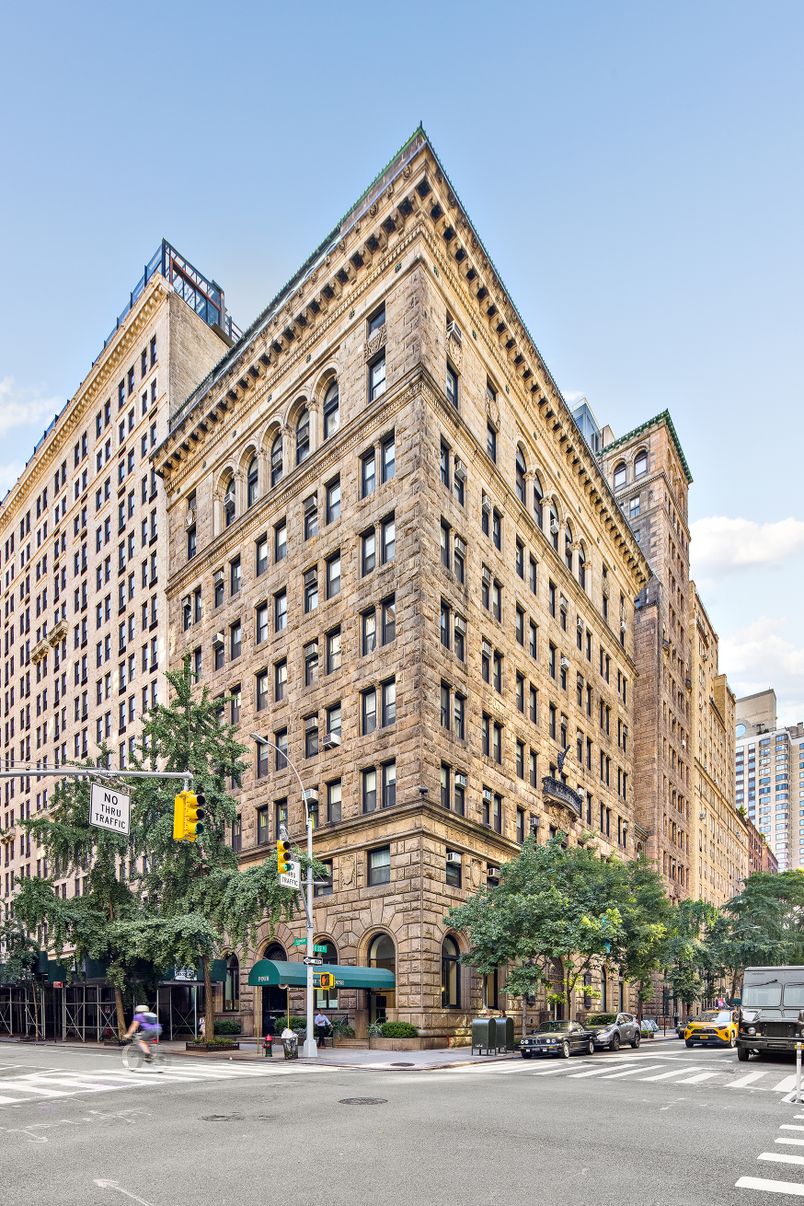

Sage House is an extremely handsome, pre-war office building that was erected in 1912 for the Russell Sage Foundation at 4 Lexington Avenue on the southeast corner at 22nd Street.
It was sold in 1949 to Catholic Charities and in 1975 it was converted to residential use.
Designed by Grosvenor Atterbury in Italian Renaissance palazzo-style, the heavily rusticated red sandstone façades of the building are very impressive.
The 11-story building has about 160 small apartments and a few multi-floor apartments and is steps away from Gramercy Park.
Bottom Line
New York City’s closest residential approximation to an Italian Renaissance palace in its outer appearance, this is one of the major buildings in the Gramercy Park neighborhood although it does not front on the park and therefore does not have keys to it. Surprisingly, the apartments are relatively small.
Description
The building has a two-step-up canopied entrance on the avenue and sidewalk landscaping.
It has arched windows on its first and top floors.
Two floors were added to the roof but are not visible from Lexington Avenue or 22nd Street. The floors have floor-to-ceiling windows that are attractive but completely out of context with the building’s architecture.
The building has bandcourses above its second floor and below its 8th floor.
The second floor of the façade has shield-like panels designed by Rene Chambellan, a sculpture who would become famous for his decorative work at Rockefeller Center and the Chanin Building at 122 East 42nd Street. The building’s former main entrance was on the sidestreet where a rectangular plaque by Chambellan represented study, service and counsel.
In 1929, the foundation expanded the building with a wing to the west that would be used by the New York School of Social Work.
Amenities
The building has a full-time doorman, a bicycle room, private storage and a laundry room. It is also pet-friendly.
Apartments
Apartment 11J has a 13-foot-long living room with an open kitchen and a 8-foot-long alcove.
Apartment 2H has a 21-foot-long living room with an open kitchen alcove and a 14-foot-long bedroom.
Apartment 4LM is a two-bedroom unit with a 17-foot-long living room with an open kitchen that opens onto a 20-foot-long terrace.
Apartment 8D is a two-bedroom duplex unit with a long entry hall with an open 13-foot-long kitchen leading to a 20-foot-wide living room with a spiral staircase to the upper level.
Apartment 9A is a triplex with an entry foyer on the lowest floor that contains only a closet and a spiral staircase. The second floor has a 17-foot-wide living/dining room with a double-height ceiling and an open kitchen and a bath, and the third floor has a 20-foot-long sleeping area with a 15-foot-long walk-in closet.
Apartment 9D is a similar triplex with two-closets on its lower floor, a 22-foot-long living room with a dining alcove and a 9-foot-kitchen and a bath on the second floor and a 16-foot-long bedroom and two closets on the third floor.
The penthouse is a four-level unit that has a 17-foot-wide entry foyer that leads to a 20-foot-long studio and two bedrooms on the lower floor, a 38-foot-long living/dining room next to an enclosed 11-foot-long kitchen and a 16-foot-long solarium/den on the second floor and a 30-foot-long master bedroom and 12-foot-long study and a a closet and a bath on the third floor and a 1,000-square-foot terrace on the roof.
History
The Russell Sage Foundation was founded in 1907 by Margaret O. Sage as a memorial to her husband, who had died the previous year and was a well-known financier. The foundation was responsible for the construction of a model housing project conceived in 1908 as Forest Hills Gardens, designed by Grosvenor Atterbury, and would be a major patron of the Regional Plan Association.
In 1912, the foundation built this building, adding a penthouse in the 1920s.
The rough-cut red sandstone on the façade is known as Kingwood stone and reportedly had been used only once before in the city at the synod house at the Cathedral of St. John the Divine.
The foundation originally wanted space in the United Charities Building one block away to the west on Park Avenue South, but it was fully occupied.
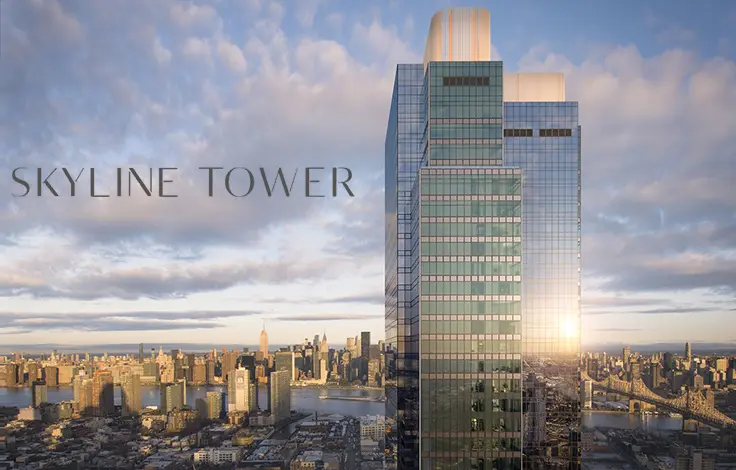
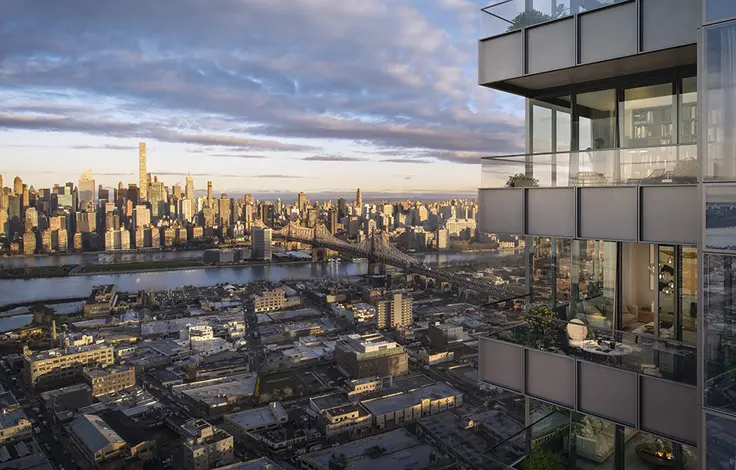
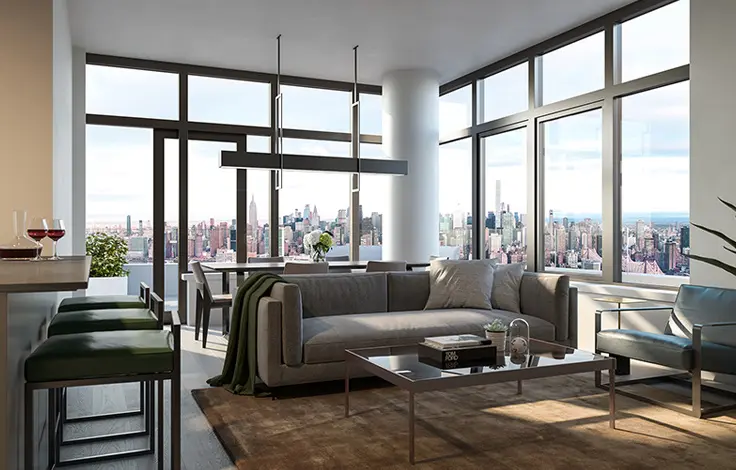
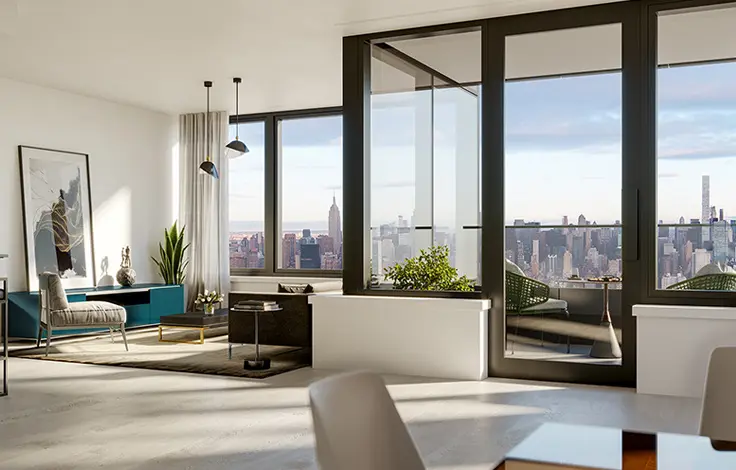
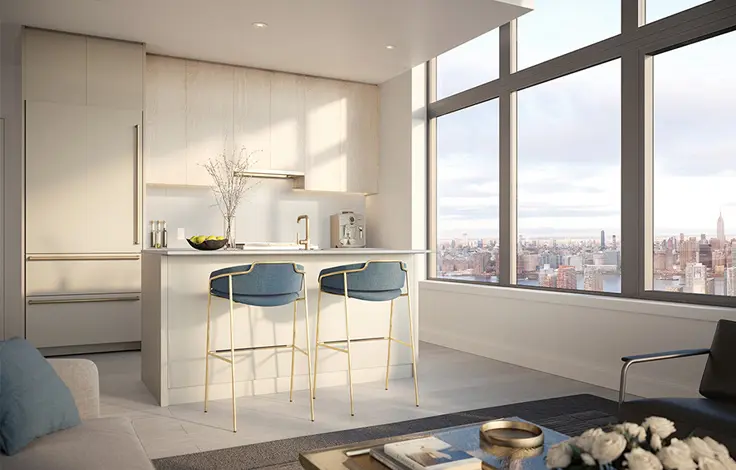
 6sqft delivers the latest on real estate, architecture, and design, straight from New York City.
6sqft delivers the latest on real estate, architecture, and design, straight from New York City.
